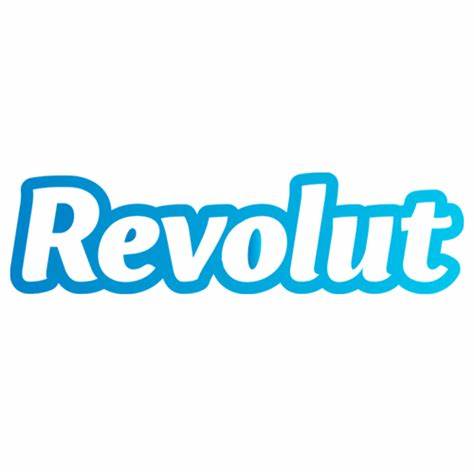Swedish fintech company Klarna has confidentially filed for an initial public offering (IPO) in the United States, marking a significant milestone in its expansion strategy. The company submitted a draft registration statement to the U.S. Securities and Exchange Commission (SEC), with the IPO’s timing contingent upon the SEC’s review and prevailing market conditions. This move underscores Klarna’s commitment to strengthening its presence in the U.S. market and reflects its efforts to capitalize on the growing demand for flexible payment solutions.
Table of Contents
ToggleBackground on Klarna
Founded in 2005 in Stockholm, Sweden, by Sebastian Siemiatkowski, Niklas Adalberth, and Victor Jacobsson, Klarna has evolved into a leading global payments and shopping service. The company’s mission is to make online shopping easier and safer for consumers. Over the years, Klarna has expanded its services to include direct payments, pay-after-delivery options, and installment plans, serving approximately 85 million active consumers across more than 575,000 merchants in 45 countries. This growth has positioned Klarna as a major player in the buy-now, pay-later (BNPL) sector, transforming the way consumers approach online payments.
The U.S. IPO Filing
On November 13, 2024, Klarna announced that it had confidentially submitted a draft registration statement to the SEC, initiating the process for a U.S. IPO. The company has not yet disclosed the number of shares to be offered or the price range for the IPO, indicating that these details will be determined based on market conditions and the SEC’s review process. This strategic move aligns with Klarna’s focus on the U.S. market, which has become its largest revenue contributor. By pursuing a U.S. IPO, Klarna aims to enhance its capital base and further solidify its position in the competitive fintech landscape.
Klarna’s Strategic Shift to the U.S. Market
Klarna’s expansion into the U.S. market has been a pivotal component of its growth strategy. Since entering the U.S. in 2015, the company has rapidly increased its presence, now partnering with a quarter of the top 100 merchants in the country. This expansion has significantly contributed to a 93% year-on-year increase in gross profit from the U.S. market. The U.S. has become Klarna’s largest market by revenue, underscoring the success of its strategic focus on this region.

Klarna’s Financial Journey and Valuation Challenges
Klarna’s valuation has experienced notable fluctuations in recent years. In 2021, the company reached a peak valuation of $45.6 billion. However, by 2022, this valuation declined to $6.7 billion, reflecting broader market challenges and a reassessment of fintech valuations. Despite these setbacks, Klarna has demonstrated resilience, with recent reports suggesting a potential valuation between $15 billion and $20 billion for its upcoming IPO. This recovery indicates renewed investor confidence and the company’s adaptability in a dynamic market environment.
Cost-Cutting and Efficiency Efforts
In response to financial challenges, Klarna has implemented several cost-cutting measures to enhance operational efficiency. The company reduced its workforce from 7,000 to 3,800 employees and integrated artificial intelligence into customer service operations, leading to significant cost savings. These initiatives have contributed to improved financial performance, with Klarna reporting a 27% increase in revenue for the first half of 2024. These strategic actions have positioned Klarna for sustainable growth and profitability as it prepares for its U.S. IPO.
Impact on the BNPL Market and Klarna’s Competitors
Klarna’s decision to pursue a U.S. IPO is poised to significantly influence the Buy Now, Pay Later (BNPL) sector. As one of the leading BNPL providers, Klarna’s public listing could set a precedent for other fintech companies considering similar moves. Competitors such as Affirm and Afterpay may face increased pressure to enhance their market positions and financial transparency. Klarna’s IPO could also attract heightened regulatory scrutiny to the BNPL industry, prompting companies to adopt more robust compliance measures.
Challenges and Opportunities Ahead
While Klarna’s IPO presents significant growth opportunities, the company must navigate several challenges. The BNPL sector is under increasing regulatory scrutiny, with concerns about consumer debt and financial stability. Klarna will need to ensure compliance with evolving regulations to maintain consumer trust and investor confidence. Additionally, the company faces intense competition from both established financial institutions and emerging fintech startups. However, Klarna’s strong brand recognition, innovative technology, and strategic market positioning offer substantial opportunities for expansion and diversification.
Conclusion
Klarna’s confidential filing for a U.S. IPO marks a pivotal moment in its corporate trajectory and the broader BNPL industry. The move underscores Klarna’s commitment to growth and its strategic focus on the U.S. market. As the company prepares for its public debut, it must adeptly manage regulatory challenges and competitive pressures to capitalize on emerging opportunities. Klarna’s IPO will be closely watched as an indicator of the fintech sector’s resilience and adaptability in a rapidly evolving financial landscape.












